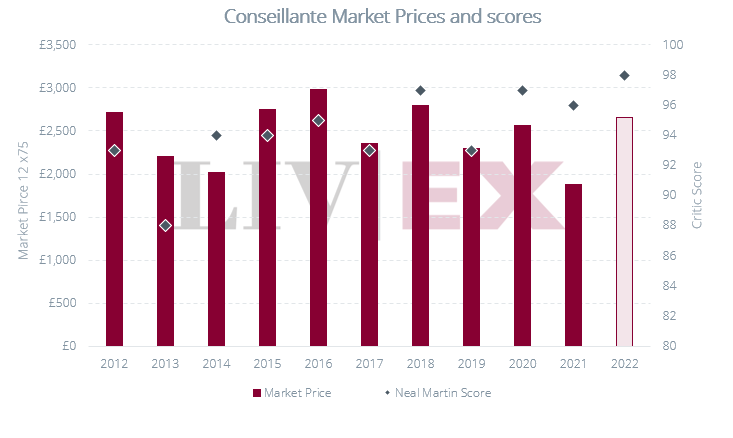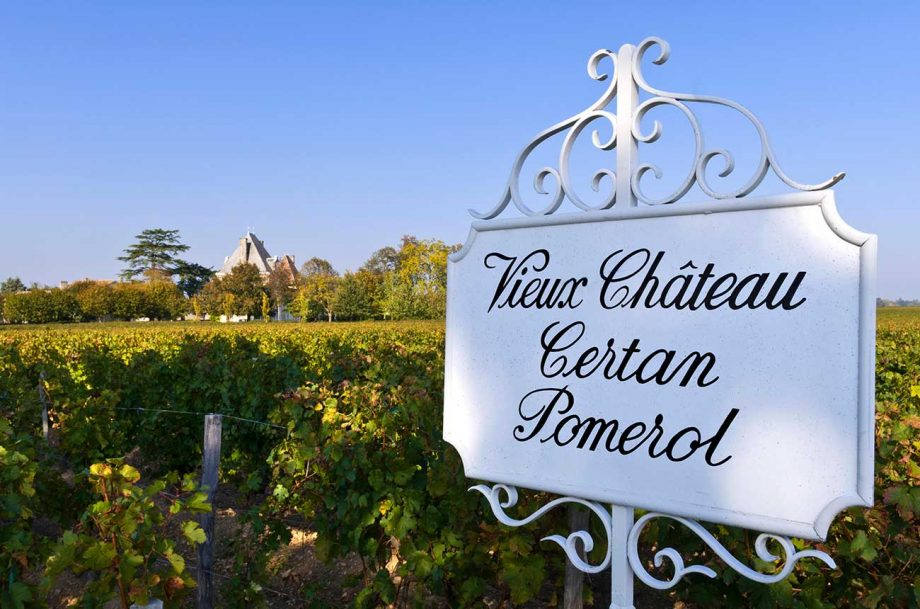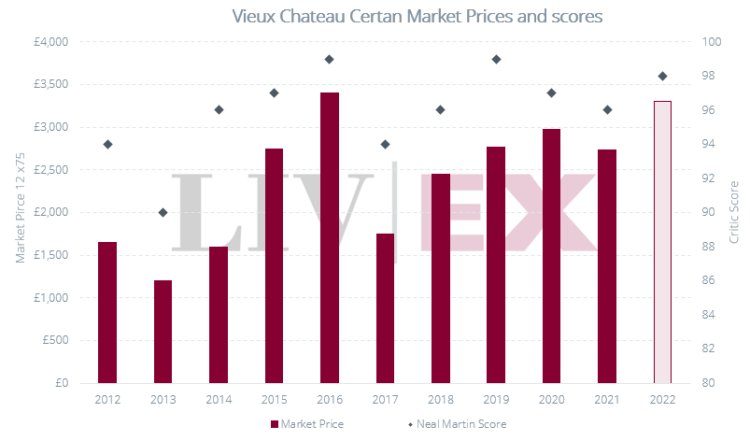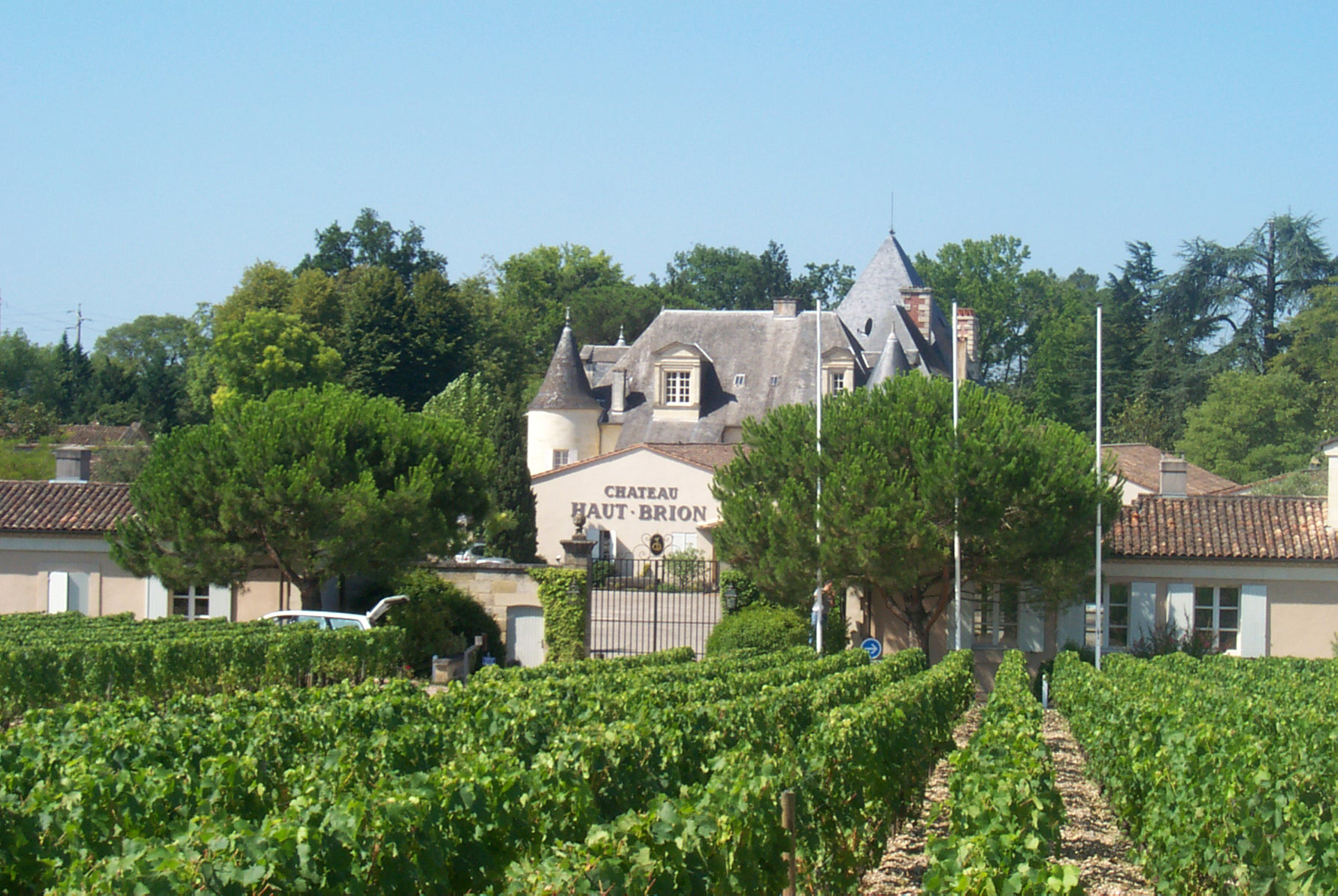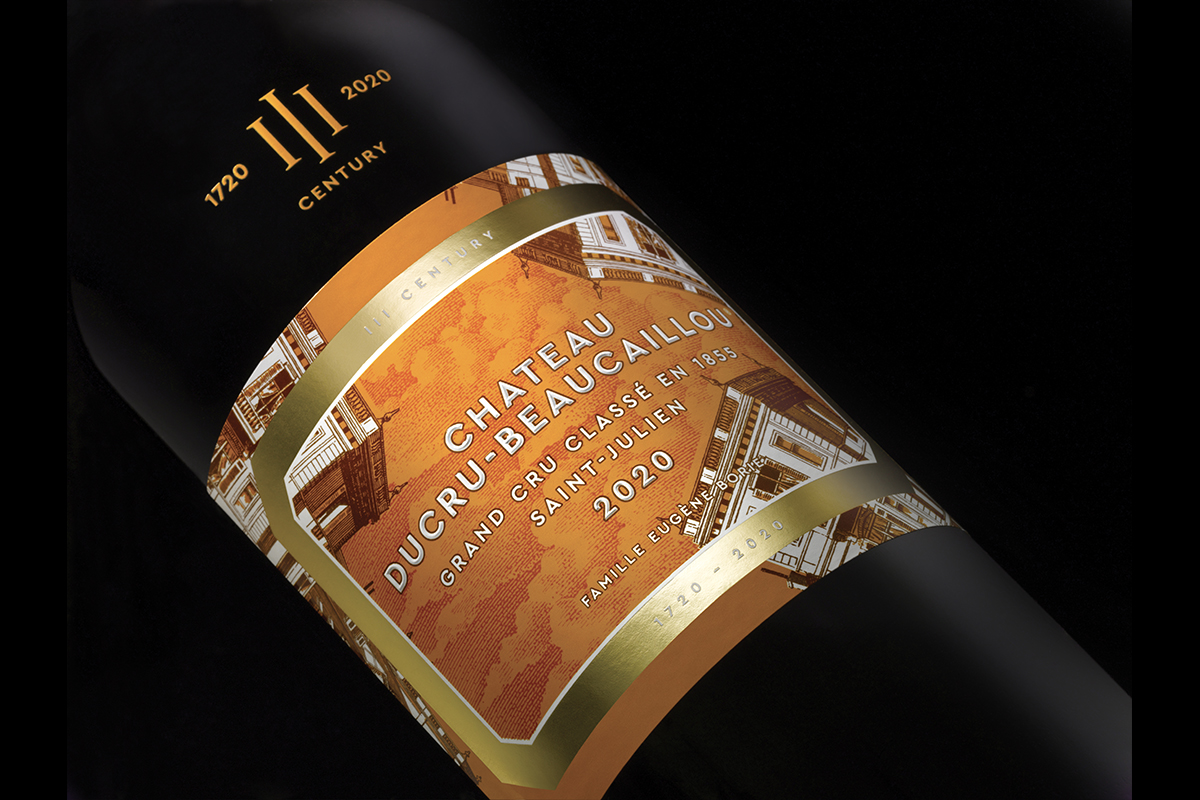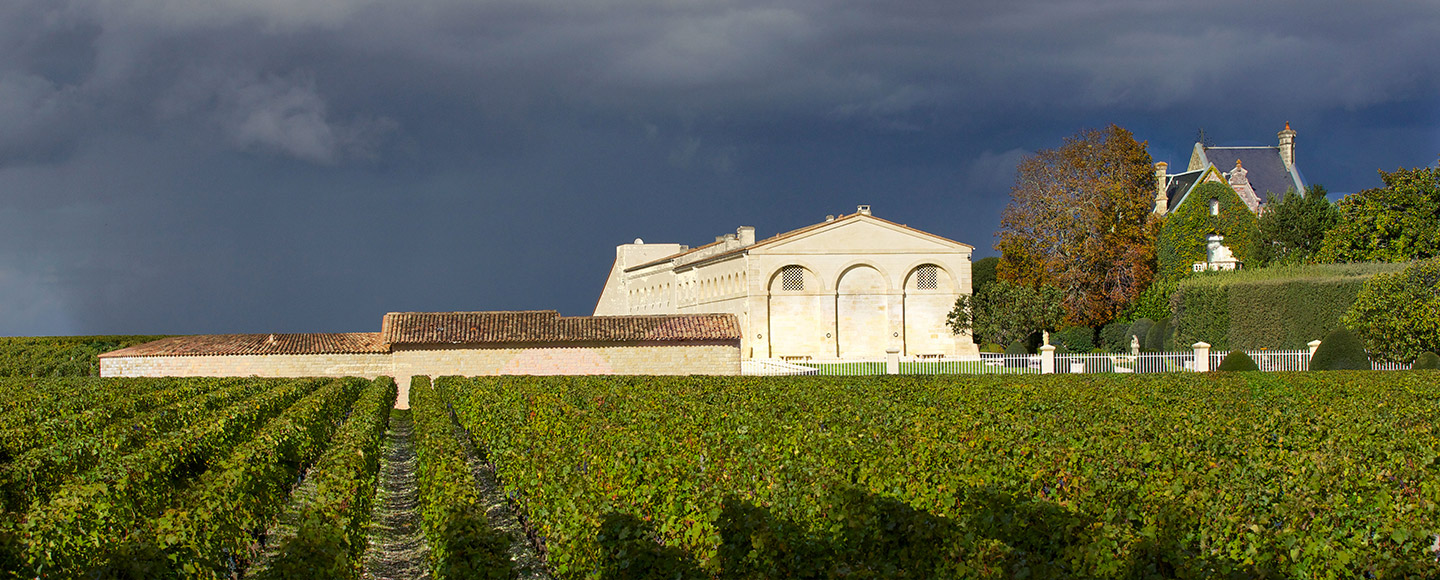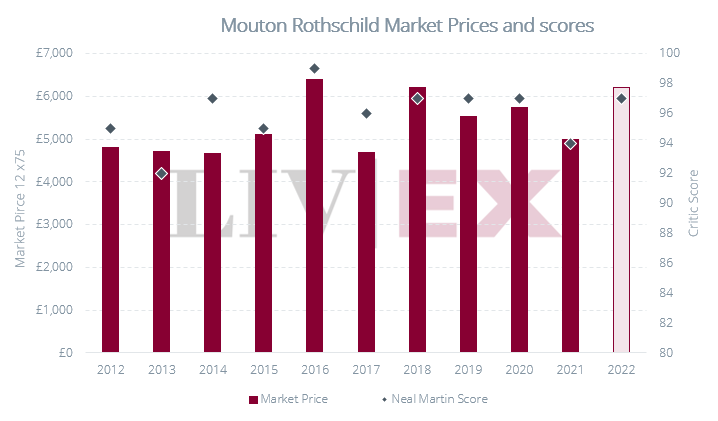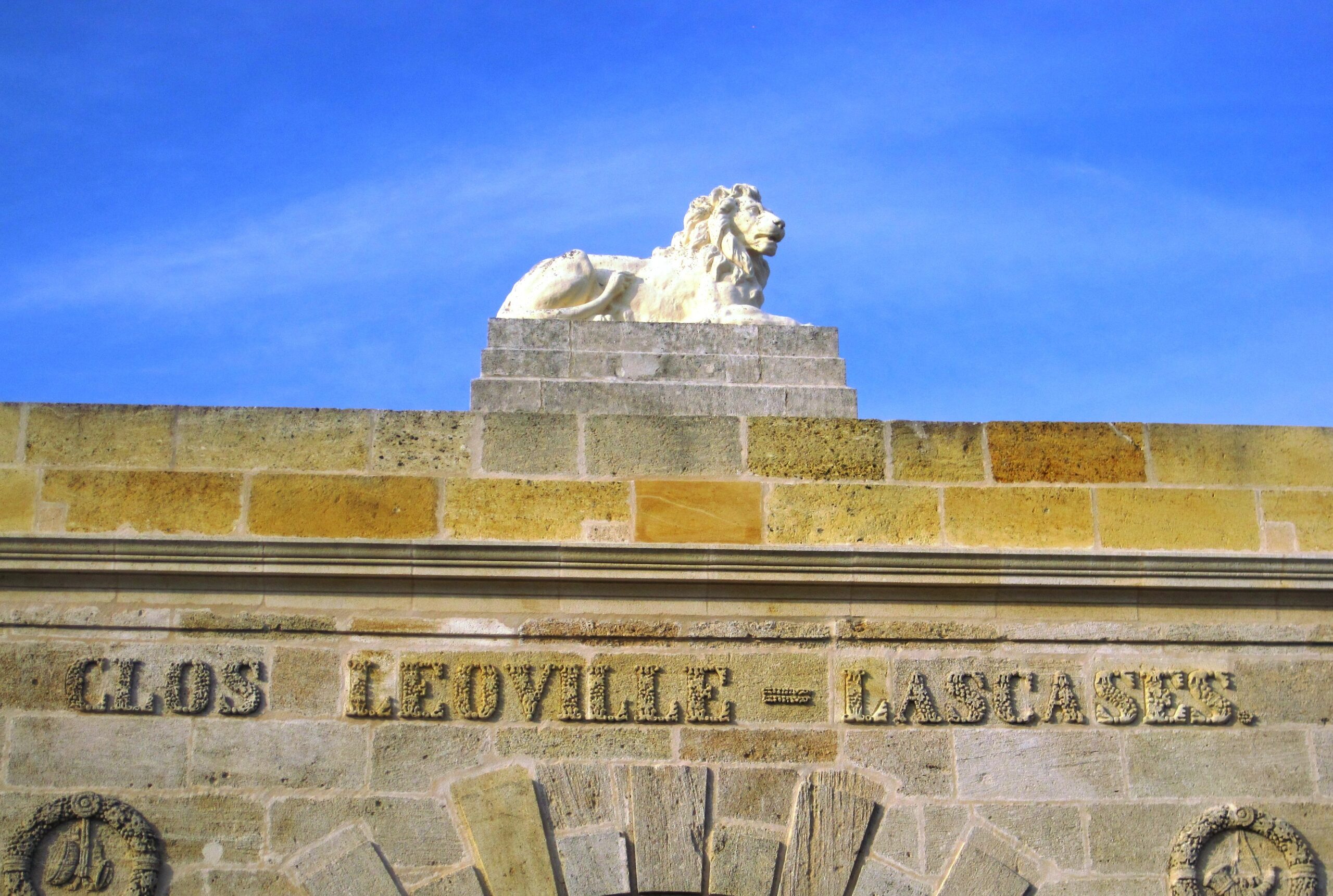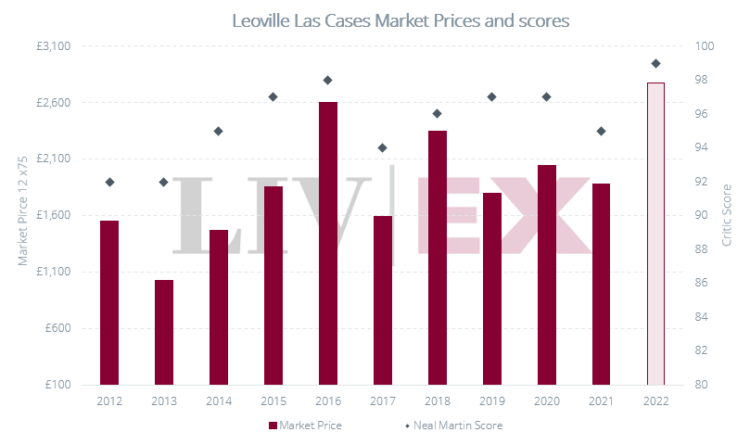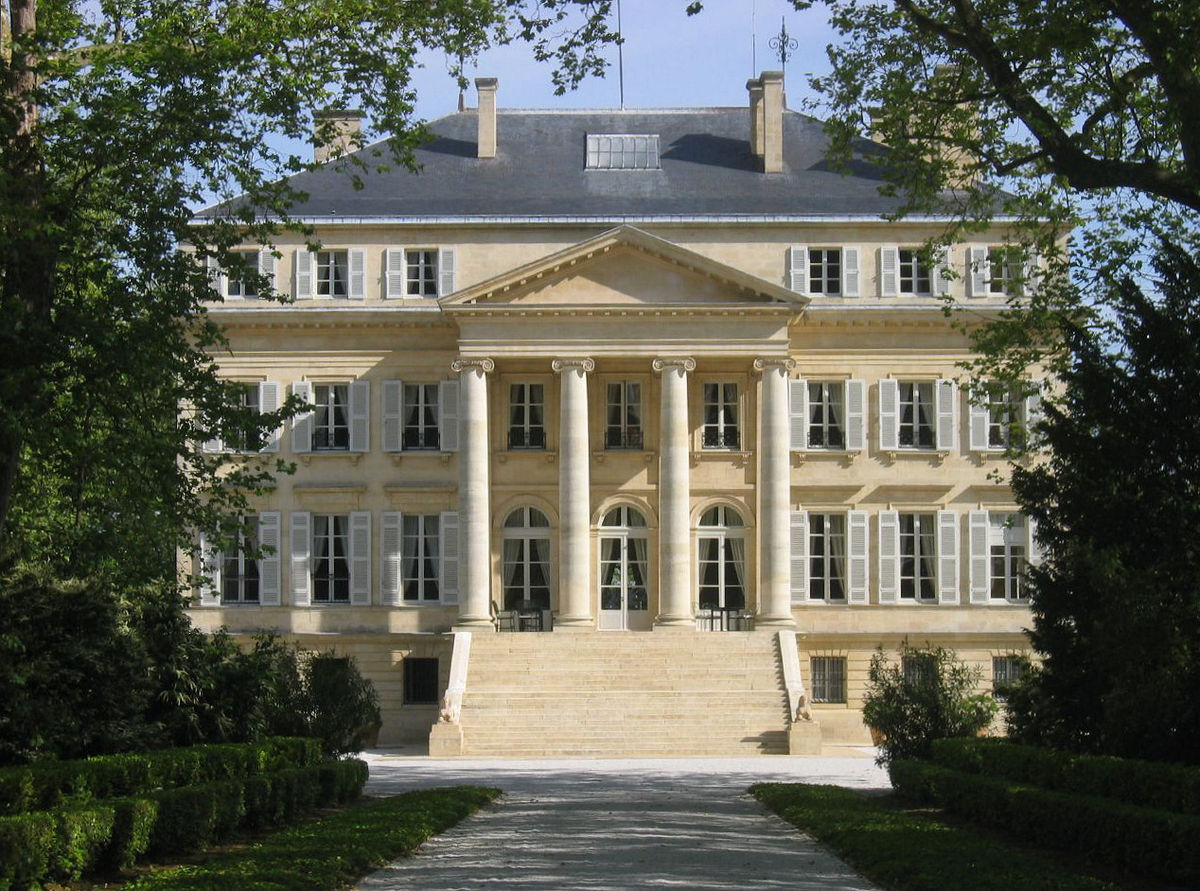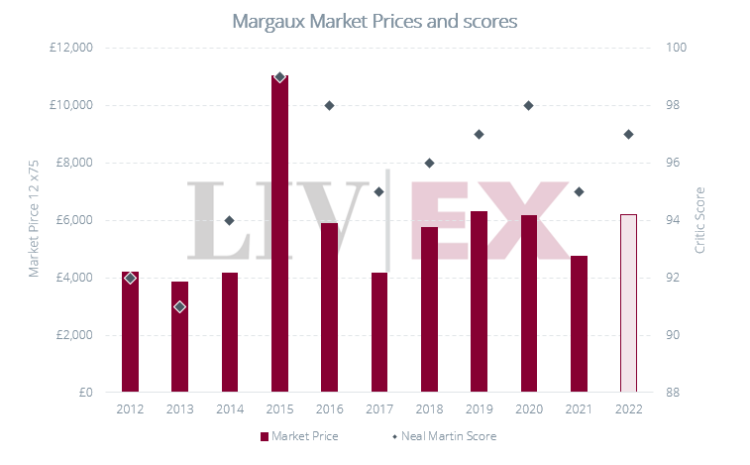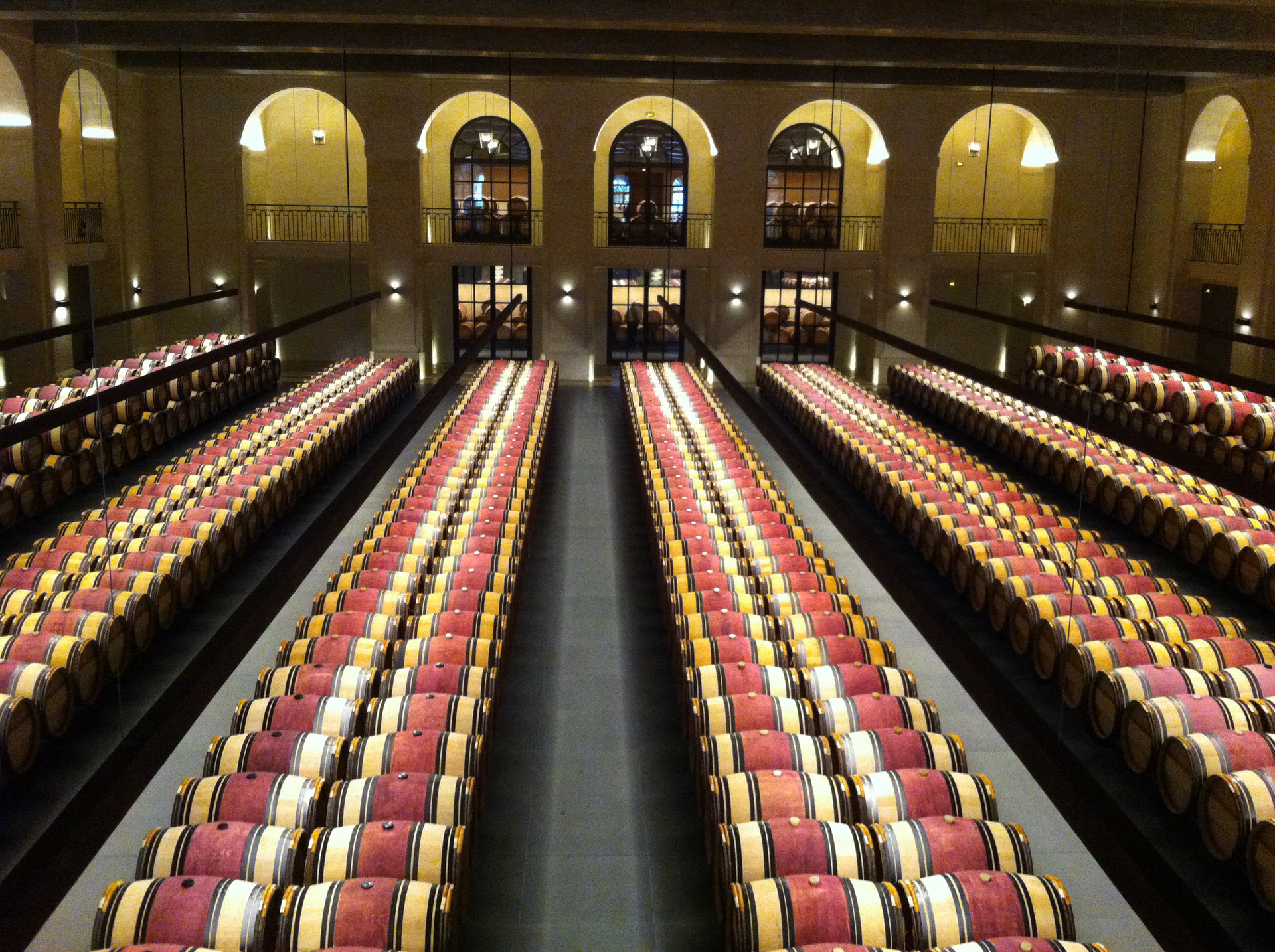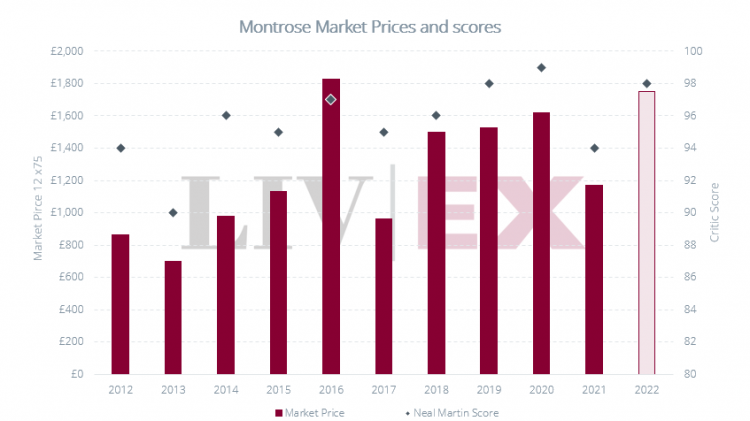
Château Lafite-Rothschild enjoys an exceptional location close to the Gironde estuary. With a surface area of 112 hectares divided into three main zones, the vineyards of this benchmark among the great wines of Pauillac stretch from the slopes surrounding the château to the Carruades plateau to the west, as well as a parcel in the neighbouring commune of Saint-Estèphe. Classified Premier Crus Classé in 1855, it produces some of the best wines in Pauillac.
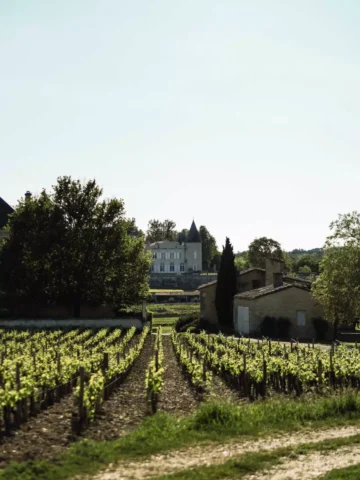
The terroir of Lafite-Rothschild:
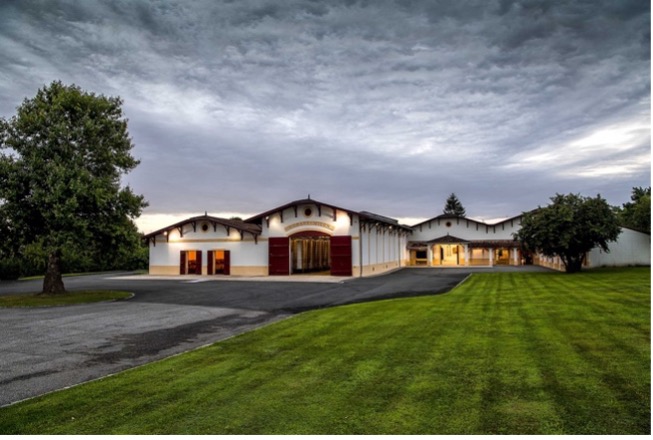
Since 1962, a joint team has been dedicated to the vineyards of Château Lafite-Rothschild and Château Duhart-Milon. Duhart-Milon lies to the west of Lafite, on the Milon hillside and its 76 hectares are planted with 67% Cabernet Sauvignon and 33% Merlot. Made up of Cabernet Sauvignon, Merlot, Cabernet Franc and Petit Verdot, the vineyards are run in the traditional way, limiting chemical inputs and favouring low yields.
Carruades de Lafite also has its own personality, linked to the higher proportion of Merlot in its composition and to plots that are now clearly identified as producing Carruades. The grape varieties used in the wine are 50-70% Cabernet Sauvignon, 30-50% Merlot and a variation of 0-5% Cabernet Franc and Petit Verdot. In order to bring out the identity and expression of each terroir, the grapes are harvested and vinified on a parcel-by-parcel basis.
The wines:
Lafite-Rothschild:
With its freshness, aromatic richness and density, Château Lafite-Rothschild elegantly expresses the identity of the greatest terroirs on Bordeaux’s Left Bank. Made from a blend of Cabernet Sauvignon, Merlot, Cabernet Franc and Petit Verdot, depending on the vintage, this great Pauillac wine is matured for 18 to 20 months exclusively in new oak barrels.
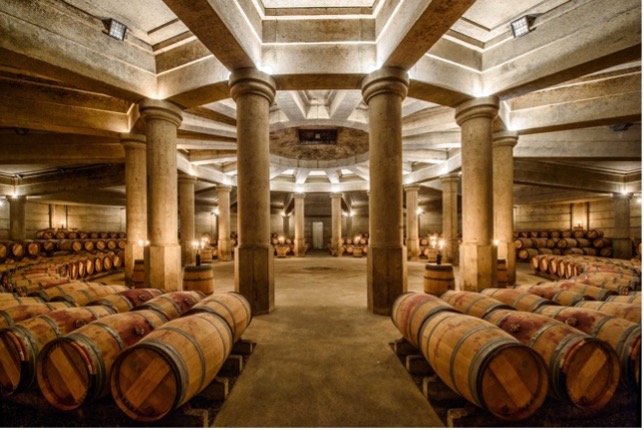
Carruades de Lafite:
Carruades de Lafite is a wine of seductive aromatic purity and delicacy. This second wine is matured for 16 to 20 months, 80% in barrels (10% new). On tasting, it has a very supple, round attack. Carruades de Lafite then displays youthful, lively tannins of fine quality, which time will reveal to perfection. A harmonious, complex nectar, a worthy successor to the Grand Vin.
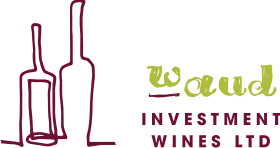
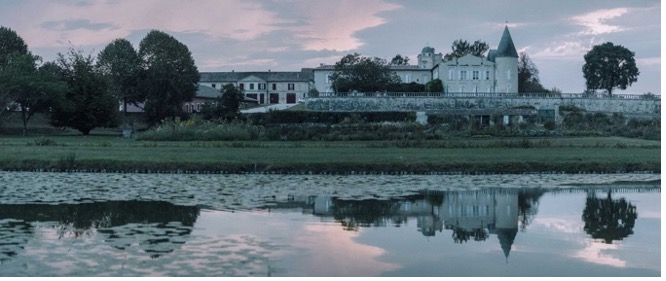
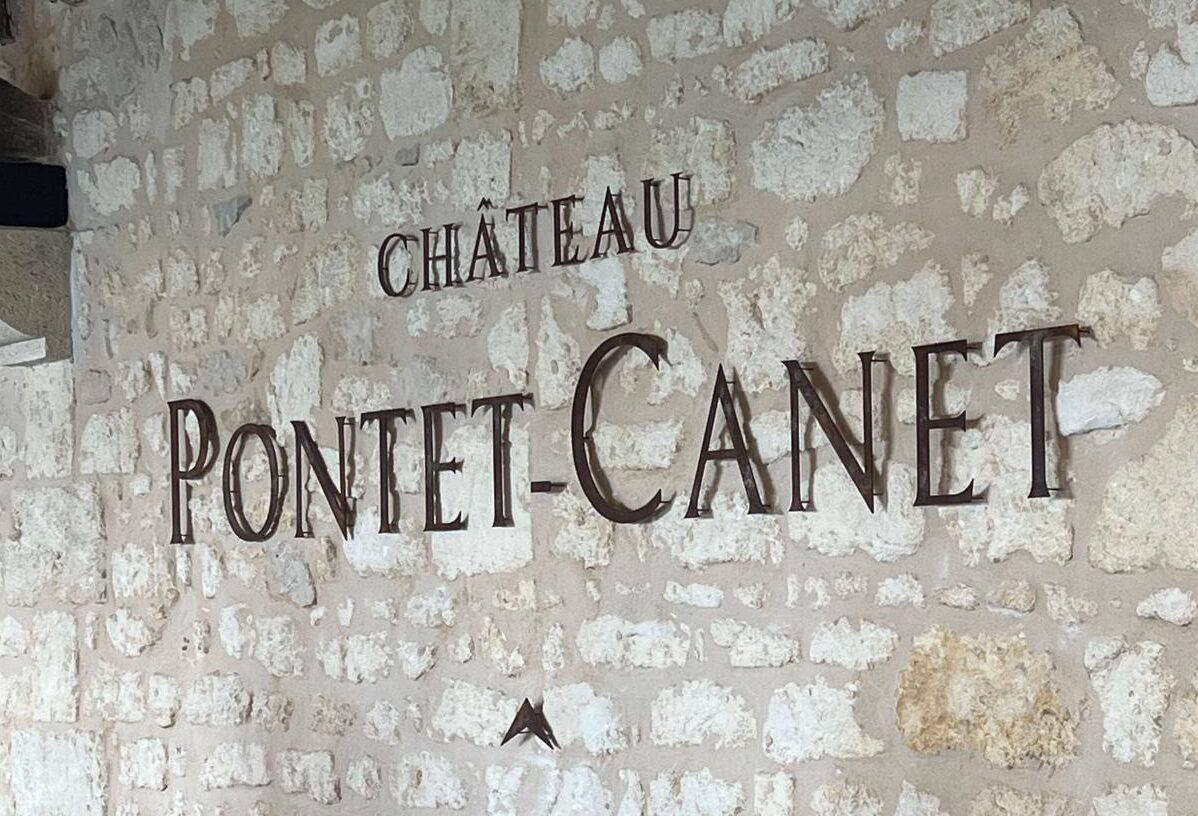
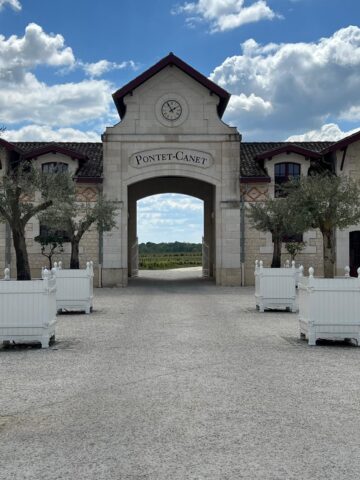 Pontet-Canet is one of the most iconic estates of Bordeaux. It is one of the pioneers of environmentally friendly and sustainable agriculture in Bordeaux. A philosophy that advocates the free expression of the terroir and the transcription of its character to the wines. It is a 5th Grand Crus Classé, representing 81 hectares of some of the best terroir in AOC Pauillac. The vineyard is planted with 65% Cabernet Sauvignon, 30% Merlot, 3% Cabernet Franc, and 2% Petit Verdot.
Pontet-Canet is one of the most iconic estates of Bordeaux. It is one of the pioneers of environmentally friendly and sustainable agriculture in Bordeaux. A philosophy that advocates the free expression of the terroir and the transcription of its character to the wines. It is a 5th Grand Crus Classé, representing 81 hectares of some of the best terroir in AOC Pauillac. The vineyard is planted with 65% Cabernet Sauvignon, 30% Merlot, 3% Cabernet Franc, and 2% Petit Verdot.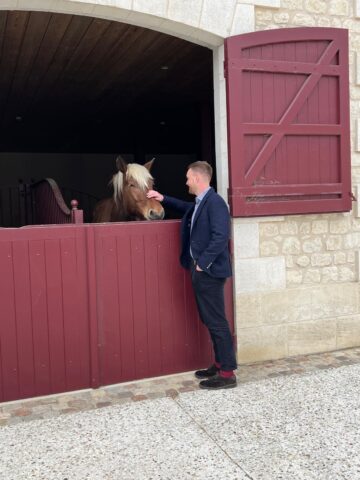 The Vineyard
The Vineyard
